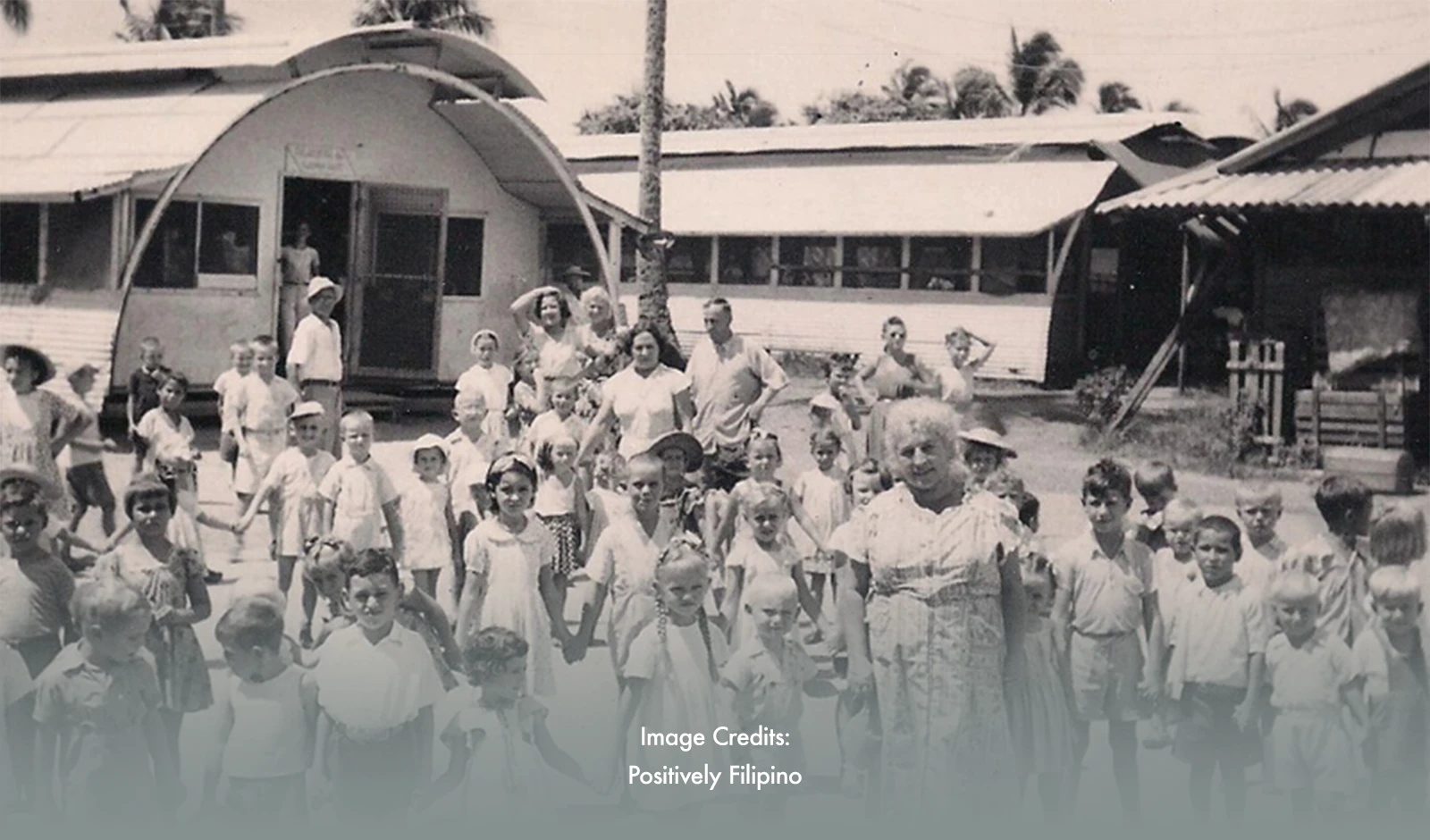During her recent visit to Moscow, Mayor Annaliza Gonzales-Kwan revealed that Russian officials had announced their plans to construct a museum in Tubabao Island.
Gonzales spoke with representatives of the Foundation of the Russian Heritage Abroad and the Moscow Government's Department of External Economic and International Relations, where no final budget was decided yet.
The project was promoted to increase the number of Russian tourists visiting Guiuan and boost the historical and cultural ties between Filipinos and Russians.
Who are the White Russians?
The so-called White Russians escaped the Russian Civil War from 1917 to 1923. They derived their nickname from the opposing "Whites," who wore the Tsarist court attire, and the Soviet Red forces.
The refugees eventually made their way to Shanghai and Harbin in China. Some elected to leave and seek asylum abroad, while others returned home when formal relations between China and the Russian Empire were severed.
Thousands of them then moved to the Philippines. In 1949, as a response to their letter of request for asylum, President Elpidio Quirino established a village on Tubabao Island where they continued their lives.
“Paradise”
Tubabao Island was a U.S. Navy base during World War II. After the war, this was turned into the White Russians' settlement while awaiting asylum.
A community of doctors, engineers, artists, teachers, priests, and other professionals comprised the White Russians in the camps.
There were also cultural events and concerts for the community. While kids studied ballet and piano, they also learned how to fish and earn a livelihood. For the White Russians, Tubabao was a "paradise."
Michael Borisovitch Maximovitch, also known as Archbishop John of Shanghai, was one of the well-known Russian immigrants who resided on the island. The Russian Orthodox Church revered him as St. John of Shanghai and San Francisco.
After leaving the Philippines in 1951, the White Russians went on to live in several other nations, including the United States, France, and South America.Their short two-year stay was a gesture that remained in the hearts of the Russians. It showed the world the Filipinos' charity and hospitality.
More than 70 years ago, about 6,000 White Russian refugees fled the Russian Civil War and found a second home in Guiuan, Eastern Samar.
Now, the two countries will immortalize this forgotten historical footnote through the new museum set to be established on Tubabao Island.








